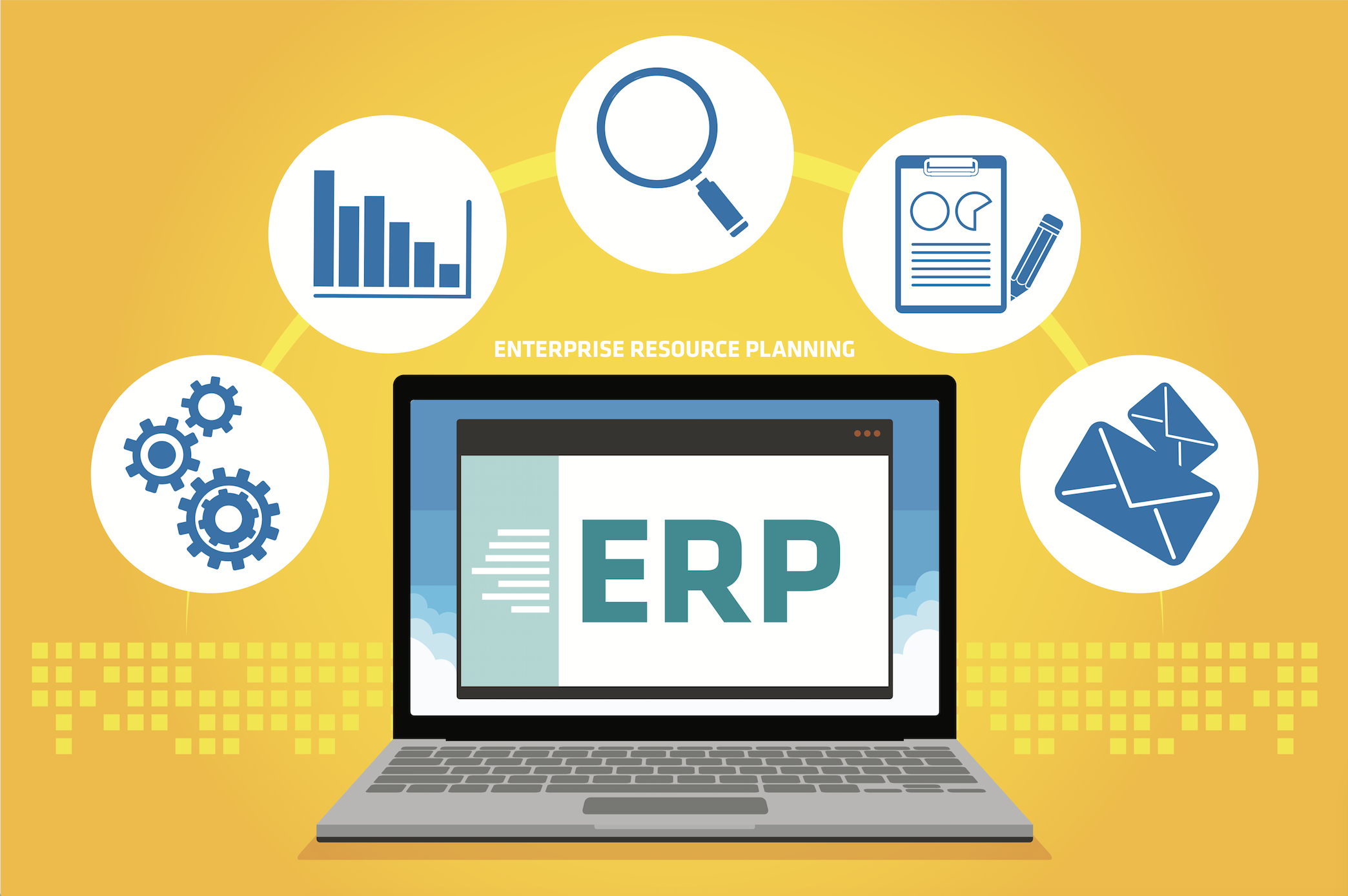Just about every organization that has attempted an ERP (Enterprise Resource Planning) implementation has a story to tell.
Companies are usually pretty clear on “why” an ERP project started – they need a solution to help bridge multi-department process pain and inefficiency. A 2017 AIIM survey captures this need:
|
How much progress is your organization making in relation to automating the following business processes? |
% rating their company “below average” |
|
Records and document management |
24% |
|
Internal processes like reviews and approvals, etc. |
24% |
|
Customer correspondence, helpdesk |
23% |
|
Sales proposals and contracts |
30% |
|
Case Management |
35% |
|
Supplier contracts and procurement |
29% |
|
Research and development |
41% |
|
Manufacturing and warehousing |
39% |
|
Internal HR processes (Applicants, timesheets, etc.) |
22% |
|
Finance (Accounts payables and receivables) |
18% |
|
Facilities management and maintenance |
30% |
|
Logistics (Deliveries, manifests, etc.) |
34% |
Millions of dollars have been invested in the ERP systems to solve this process pain. CIO Magazine notes, “After nearly four decades, billions of dollars and some spectacular failures, big ERP has become the software that business can't live without -- and the software that still causes the most angst.”
An ERP system like SAP usually contains some or all of the following:
- Financial management -- The financial module in ERP provides financial functionality and analysis reports for different departments and cost centers.
- Human Resource Management -- An HR module can include such elements as Personnel Management, Organization Management, Payroll Management, Time Management and Personal Development.
- Production -- This can constitute a number of functionalities, including Bill of Material, Engineering Change Note, Shop Floor Control, Sales and Distribution Plan, Master Production Schedules.
- Customer Relationship Management -- A CRM module ensure proper management of prospect and customer opportunities and communications.
- Inventory & Material Management – This module involves identifying inventory requirements, setting targets, providing replenishment techniques and options, monitoring item usages, reconciling the inventory balances and reporting inventory status.
- Supplier and Purchase Order Management – This module involves managing relationships and communications with key suppliers.
One of the sources for the previously mentioned ERP “angst” is the reality that much of the information needed to actually drive results from an ERP implementation is located outside of that system, not organized in any coherent way. In an AIIM survey, only 50% of organizations with active BPM/process improvement initiatives report integration between their content management and ERP platforms.
At best, many organizations force their employees into a two-screen schizophrenia, with the digital documents and content needed within core processes on one screen, and the ERP software needed to run the process itself on the other, with the employee in the middle acting as a sort of human systems integrator. At worst, the information is still in paper form.
Organizations should focus on optimizing the process logic of their ERP solution, while leveraging more advanced content management cloud solutions to make this process logic more effective. Here’s why:
- The content critical to an ERP application does not exist in isolation. Many ERP content assets are critical to multiple business processes.
- The content used by a SaaS ERP application likely has legal, compliance and retention requirements attached to it.
- Not every content creator or contributor in an ERP process needs an individual license to that application. If the collaboration process occurs outside of the application, there is no need for everyone associated with the process to have a user license to the application.
If you have an SAP or other ERP implementation, now is the time to push that investment to a higher ROI – by getting rid of the “two-screen” problem.



